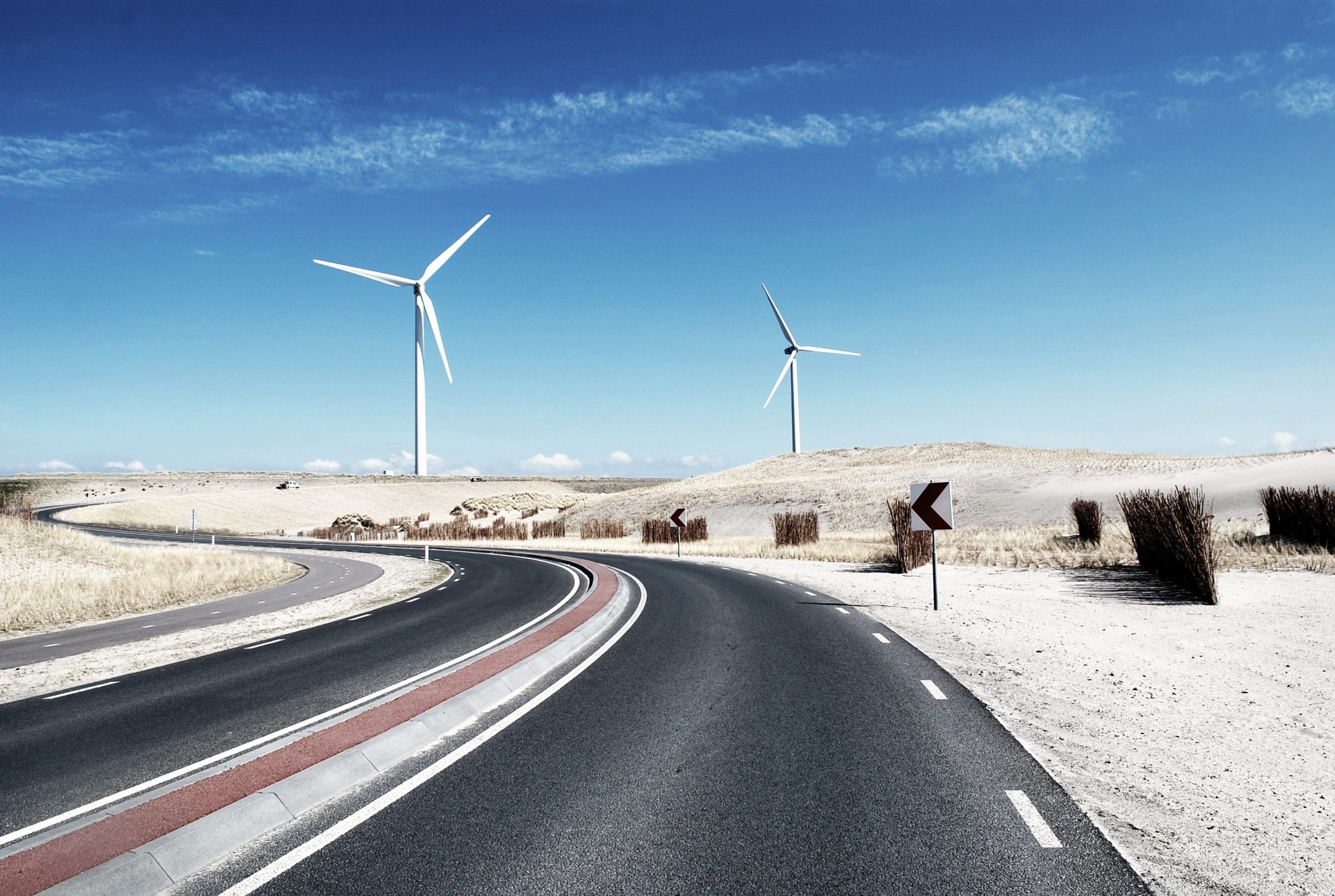Last month 3Degrees hosted a webinar with CDP on the value of CDP reporting for utilities. I moderated the event and was joined by Simon Fischweicher, manager of disclosure services at CDP and Lauren Wilson, environmental policy manager at Xcel Energy.
Here are some key aways from the webinar:
- There are clear benefits of reporting to CDP: Xcel has been reporting to CDP for more than 10 years and despite some challenges (more on that below), Xcel views the process as beneficial to their organization. Lauren explained that the reporting process has created greater transparency around their environmental initiatives and this in turn has encouraged Xcel Energy to tell their clean energy and carbon reduction story to a broader audience.
- The resources required to report are not trivial: Xcel Energy has a team of eight people that meet regularly for several months to prepare their answers to the annual CDP questionnaire. They are not working on this full time, but it does take significant effort. Lauren suggested setting up a time tracking system to fully understand the time requirements. And because CDP is just one of a number of groups looking for sustainability reporting, it is important for organizations to prioritize where they invest their time. As utilities look to set science based targets (SBTs), this adds an additional layer of reporting requirements that should be fully understood as companies move forward with these initiatives.
- CDP is working to make it easier for utilities to report: Responding to CDP for the first time can feel risky to many organizations. To address this, CDP allows first time responders a chance to submit a private response.This allows both the responder and CDP an opportunity to discuss the information and how it’s reviewed and assessed. This year, new responders can also opt for a private score.This will allow CDP to gather a broader range of information from utilities that fear their score won’t be as high as they would like. CDP has also introduced a streamlined version of their questionnaire for new responders and is even experimenting with a shorter version of their full questionnaire.
Toward the end of our discussion, Lauren also shared some examples of how utilities can keep their leadership focused on emission reductions:
- Provide long term incentives to executives that are directly linked to emission reduction trends.
- Assign an internal price to GHG emissions so that future electricity generation decisions include internalizing the cost of carbon emissions.
- Explicitly list climate oversight as one of the responsibilities of the utility’s board of directors.
To learn more, listen to the full webinar.
To learn more about the services we offer for utilities, take a look at the following pages:

